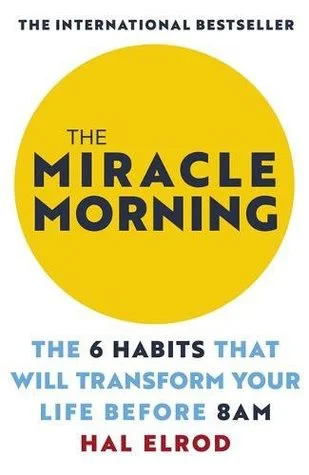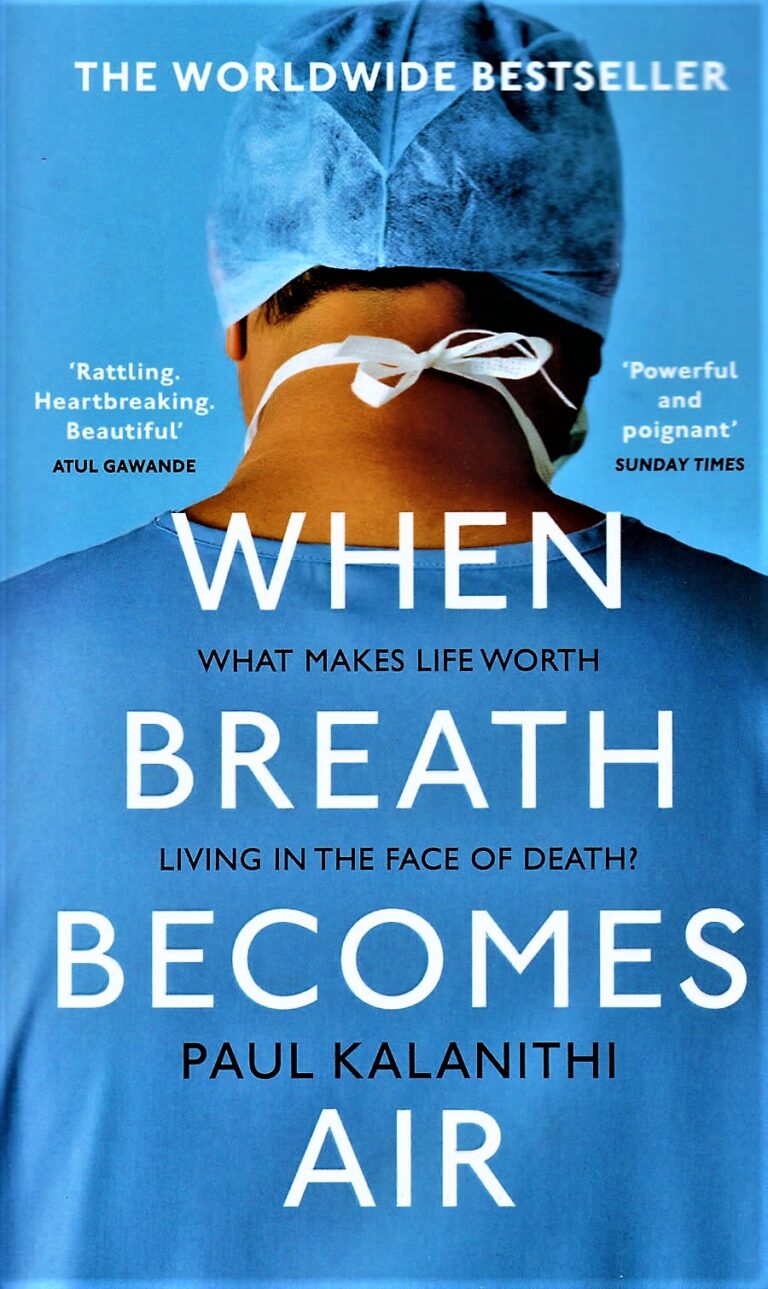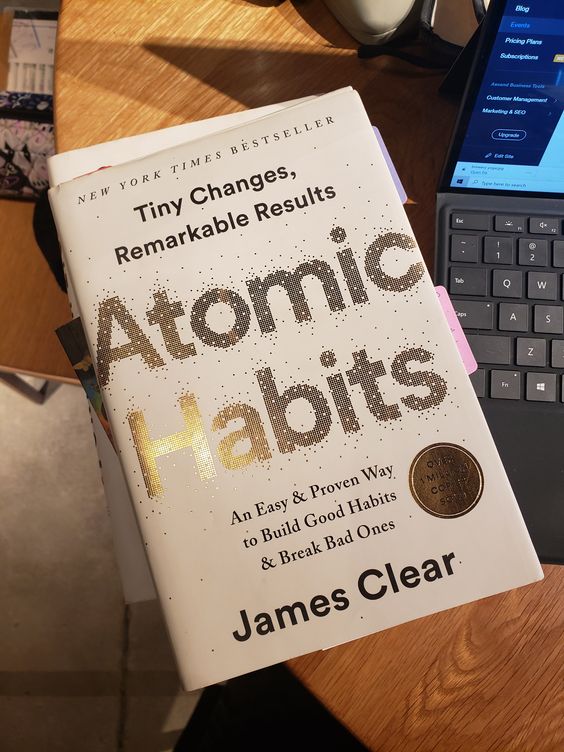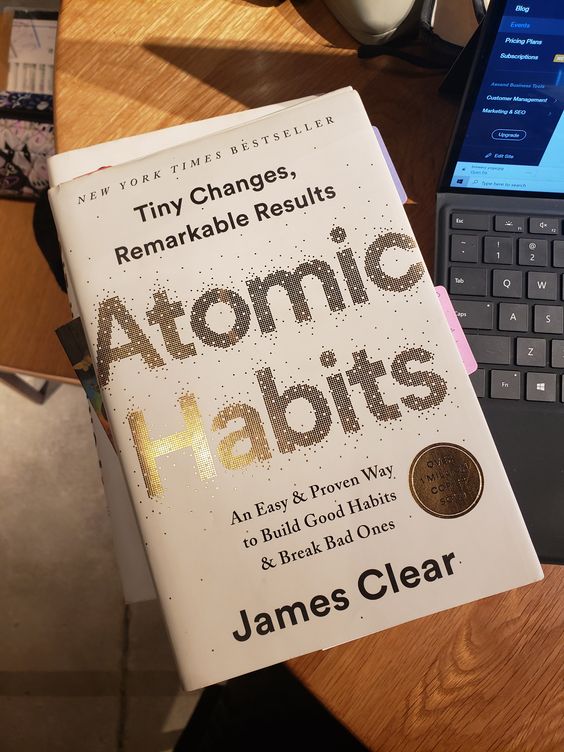Miracle Morning 6 S.A.V.E.R.S
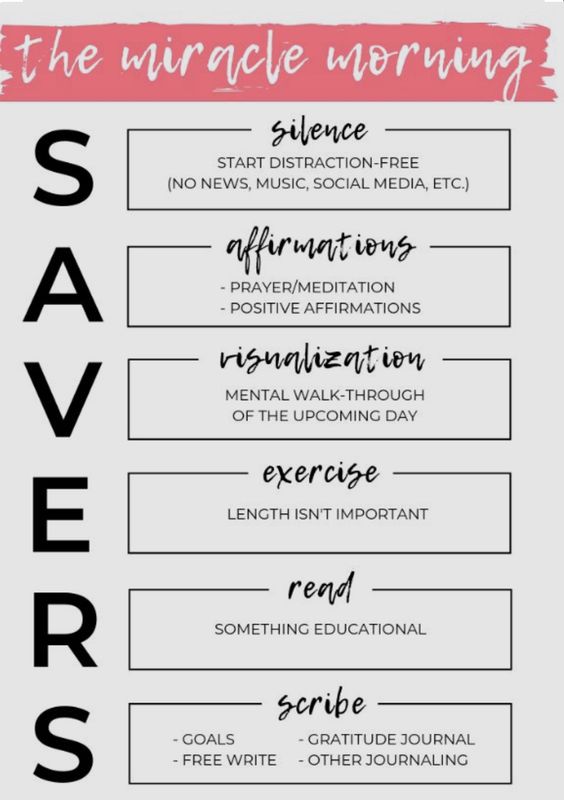
The Miracle Morning “S.A.V.E.R.S” is a personal development plan proposed by Hal Elrod in his book titled “The Miracle Morning.” SAVERS stands for silence, affirmations, visualization, exercise, reading, and scribing. These practices should be incorporated into one’s morning routine to start the day with intention, focus, and energy. Below are the practices in a lengthy version.
S – Silence
Mornings are the most rushed time of the day for most of us. We usually run around trying to shower, clothe, have breakfast, and prepare for the day. However, as per Elrod Hal, we should start our mornings with a purposeful “10 minutes” silence. Try this: sit in a quiet space, close your eyes, and focus on breathing. The main goal of silence is to clear your mind, increase self-awareness, reduce cortisol related to stress, and create a sense of inner calm and peace.
Below are some activities you can do during the “silence” session.
- Prayer
- Meditation.
- Reflection
- Gratitude
- Deep Breathing

A-Affirmations
Our positive or negative self-talk influences our level of success in every aspect of our lives. According to Elrod Hal, affirmations are positive statements repeated over time to boost confidence, motivation, and self-belief. During this part of your morning routine, you create and recite affirmations that align with your goals and aspirations—such assists in setting a positive tone for the day.
If you want to make your affirmations more effective,
- Try tapping into emotions when reading them.
- Incorporate a purpose physiology, for example, reading them while standing or exercising.
- Keep editing your affirmations to suit your current desires
- Read your affirmations daily
V – Visualization
According to Cherie Carter-Scott, “Ordinary people believe only in the possible. Extraordinary people visualize not what is possible or probable, but rather what is impossible. And by visualizing the impossible, they begin to see the possible.”
According to Elrod Hal, visualization is also known as the mental rehearsal. It helps us to clarify our goals linked to personal growth, relationships, career, and health, among others.
Many successful people use this tool, including Tiger Woods, Bill Gates, Anthony Robbins, and Oprah Winfrey. One time, Tiger Woods confessed to using visualization to succeed in his golf game. According to him, he mentally rehearsed the perfect execution of his game on every hole.
E – Exercise
Robin Sharma said, “If you don’t have time to exercise, you will probably have to make time for illness.”
If you do morning exercises, you boost your energy levels, mental clarity, health, and self-confidence, among other benefits. You can engage in various physical activities, including stretching, yoga, jogging, or a full workout. The key is to select an exercise routine that you enjoy, and that suits your fitness level.
R – Reading
Reading is the fifth practice that Hal Elrod proposes. According to the “Miracle Morning” book, reading is one of the activities that helps us acquire knowledge, ideas, and strategies to excel in life.
During your morning routine, you can read books, articles, or other materials that inspire you and contribute to your growth. You can also listen to productive podcasts.
Elrod Hal mentions a couple of his favorite financial books, including;
- The Millionaire Fastlane by DeMarco
- Think and Grow Rich by Napoleon Hill
- Secrets of a Millionaire Mind by T. Harv Eker
- Total Money Makeover by Dave Ramsey
- Five Love Languages by Gary Chapman
- The Soulmate Experience by Jo Dunn
- The Seven Principles for Making a Marriage Work by John Gottman and Nan Silver
S – Scribing (or Journaling)
Diana Raab states, “Whatever it is that you write, putting words on the page is a form of therapy that doesn’t cost a dime.”
You gain valuable insights you would otherwise never see by getting your thoughts out of your head into a book (journal). When scribing, note your insights, realizations, breakthroughs, successes, and lessons.
Keeping a journal helps with the following;
- Gaining clarity
- Capture ideas
- Review lessons
- Acknowledge progress
